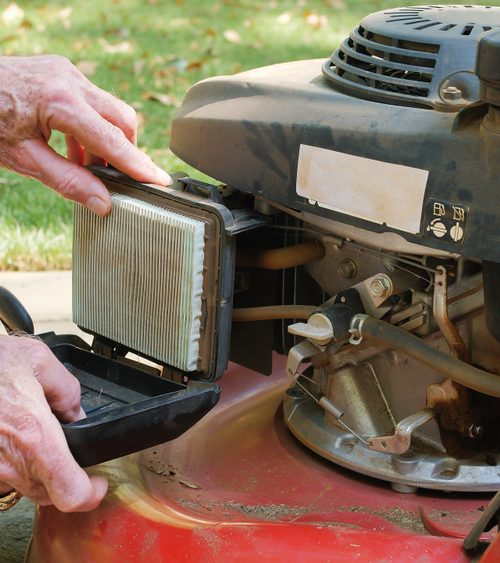By Walter Reeves, For the AJC
Troy Warren for CNT #HomeGarden
Q: I have a small 18-gallon patio pond. My water hyacinth is doing great, but when winter comes, how can I overwinter it indoors? Would a heater in the outdoor pond work? Alfred Britt, Henry County
A: Check with your local garden center to see if they will have water hyacinths for sale in the spring. If so, it’s a lot easier to buy them at that time instead of overwintering them. To thrive indoors, water hyacinth needs lots of light and warm water. I suppose you could use a couple of shop lights and an aquarium heater to give yours what it wants. But that seems like a lot of trouble for an inexpensive plant that grows so quickly from a single start.
Q: For my okra, I always cut off just the dead leaves and overgrown pods. But a friend, after he has harvested pods, cuts the green leaves from that point on the stalk. He calls it “whooping.” Chuck Rigdon, Lithia Springs
A: In my view, a green leaf is a good leaf, so I don’t remove them from okra. But I can see that removing lower leaves would make it easier to remove weeds and move around in an okra patch. Whooping okra might make sense in small gardens. My habit is to make my okra plants bushy. I remove the tip bud on the plant when it is knee high, which results in several branches, and then the tip buds when branches are belly button high. My plants are not too tall and have pods at a level from which I can easily harvest.
Q: I know it sounds like an oxymoron, but would any native plants be deer resistant? Ruth Roth, email
A: I’d classify native plants as “deer tolerant.” In an untouched native environment, both deer and natives can flourish. But that’s not what we have in North Georgia. The deer population is uncontrolled by predators. There are way too many deer to avoid serious garden and landscape damage. Native plants that don’t mind an occasional nibble are sometimes eaten to the ground.
It’s hard to believe that white-tailed deer, once numerous in the Southeast, were almost totally wiped out by the early 1900s by hunters, who knew the value of deer meat and skins. Most of the ancestors of the deer roaming our landscapes now were imported from Wisconsin and Texas in the 1940s to reestablish the deer population here. I have a fascinating publication detailing the deer restocking efforts in Georgia at bit.ly/GAdeerpop.
In Other NEWS



































